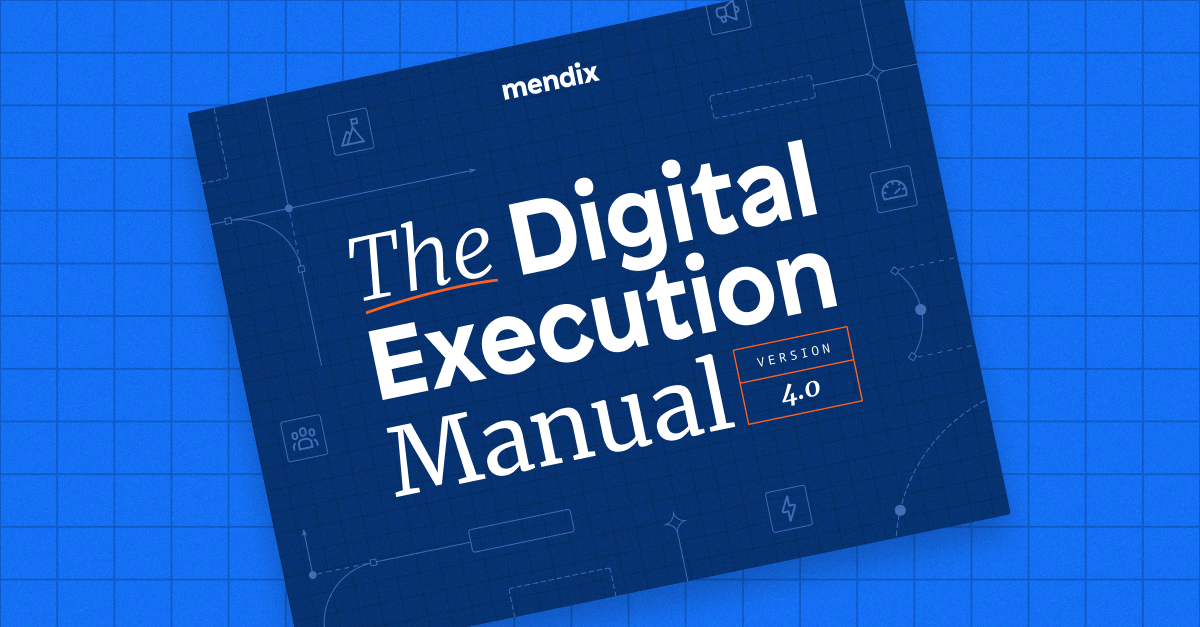Digital Execution Manual

Successful digital transformation begins with putting technology and the people that deliver it at the forefront. Low-code development gives you the power to do this.
In this manual, you’ll learn how to ensure that IT is aligned with your organization’s digital transformation goals, and how Mendix’s low-code platform and digital execution practice can help get you there.
Download now and learn how to:
- Scale your low-code development efforts
- Follow a strategically aligned digital execution framework
- Establish a Low-Code Center of Excellence
Form
Available in these languages: English, Chinese, German, Korean and Japanese